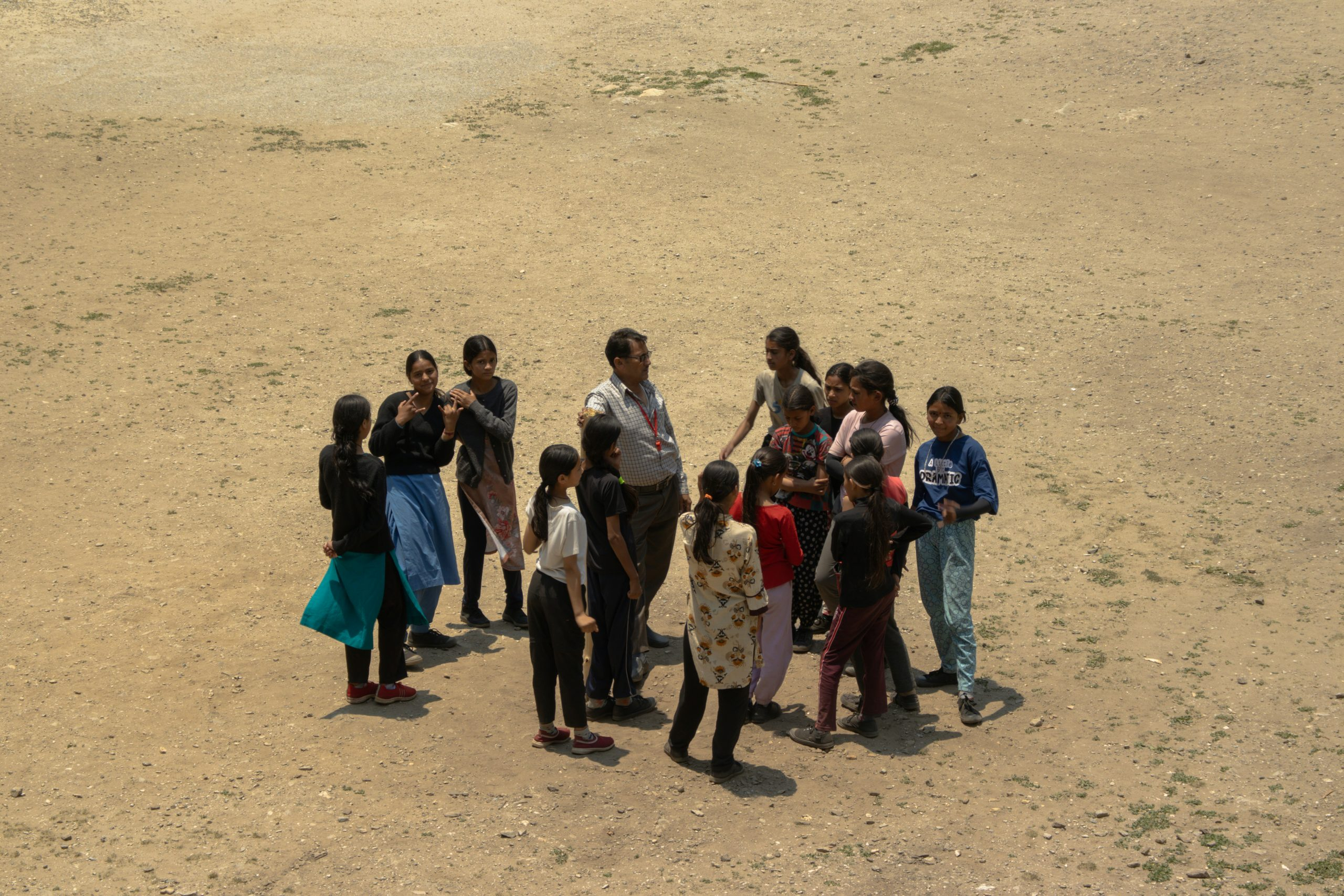Teaching global citizenship through humanitarian case studies
In our increasingly interconnected world, the concept of global citizenship has become more relevant than ever before. As the barriers between countries and cultures continue to blur, it is essential for individuals to understand their role in the global community and how to contribute positively towards its betterment. In today’s society, where humanitarian crises are prevalent, one way to teach global citizenship is through the study of humanitarian case studies. By learning through the lens of real-life examples, students not only gain a better understanding of global citizenship but also develop empathy and critical thinking skills. In this article, we will explore how teaching global citizenship through humanitarian case studies can create a more compassionate and responsible generation.
Understanding Global Citizenship
Before delving into the specifics of teaching global citizenship through humanitarian case studies, it is crucial to have a clear understanding of what it means to be a global citizen. Simply put, global citizenship refers to the recognition of the interconnectedness of all people and the sense of moral responsibility towards the planet and its inhabitants. It goes beyond cultural and national identities and instead focuses on the common humanity that binds us all. To be a global citizen is to actively engage in creating a more just, sustainable, and peaceful world.
The Power of Humanitarian Case Studies
Humanitarian case studies are real-life examples of humanitarian crises that people and communities around the world face. These case studies provide a unique opportunity for students to explore global issues through a personal, human perspective. They allow students to connect with people from different cultures, backgrounds, and circumstances, fostering understanding, empathy, and critical thinking.
Developing Empathy
One of the primary benefits of teaching global citizenship through humanitarian case studies is the development of empathy. By learning about the struggles and challenges faced by individuals in different parts of the world, students gain a deeper understanding of the human experience. This understanding leads to a more empathetic outlook towards people from diverse backgrounds, ultimately breaking down stereotypes and promoting inclusivity.
Cultivating Critical Thinking Skills
Humanitarian case studies also provide an excellent opportunity for students to hone their critical thinking skills. By examining complex and multifaceted global issues, students are encouraged to think critically about the causes and consequences of these problems. They are also challenged to come up with innovative solutions to address these issues, developing problem-solving skills that are essential for global citizenship.
Raising Awareness and Inspiring Action
In addition to empathy and critical thinking, teaching global citizenship through humanitarian case studies also raises awareness about pressing global issues. Students are exposed to global problems that they may not have been aware of before, sparking a desire to learn more and take action. By empowering students with knowledge and skills, educators can inspire them to be active global citizens and create positive change in their communities and beyond.
Incorporating Humanitarian Case Studies in the Classroom
Now that we understand the benefits of teaching global citizenship through humanitarian case studies, the question arises, how can educators incorporate them into their lesson plans? Here are a few ideas to get started:
Integrate into Social Studies or History Lessons
Humanitarian case studies can be integrated into social studies or history lessons to provide a broader context and a human perspective on global issues. For example, discussing the Syrian refugee crisis during a lesson on the Middle East not only gives students a better understanding of the conflict but also allows them to empathize with those affected by it.
Collaborate with NGOs or Non-Profit Organizations
Collaborating with NGOs or non-profit organizations that work on humanitarian issues can bring a real-world dimension to classroom learning. These organizations often have educational resources and materials specifically designed for students, making it easier to incorporate humanitarian case studies into the curriculum.
Encourage Students to Conduct Research and Present their Findings
Another way to incorporate humanitarian case studies is to assign students with a research project where they must choose a humanitarian crisis and present their findings to the class. This exercise not only develops research and presentation skills but also encourages students to explore global issues that they are passionate about.
Conclusion
In conclusion, teaching global citizenship through humanitarian case studies is a powerful way to foster empathy, critical thinking, and awareness among students. By exposing them to real-life examples of global issues, educators can inspire the next generation to be active, compassionate, and responsible global citizens. By incorporating these case studies into the classroom, we can create a brighter future for our global community.










